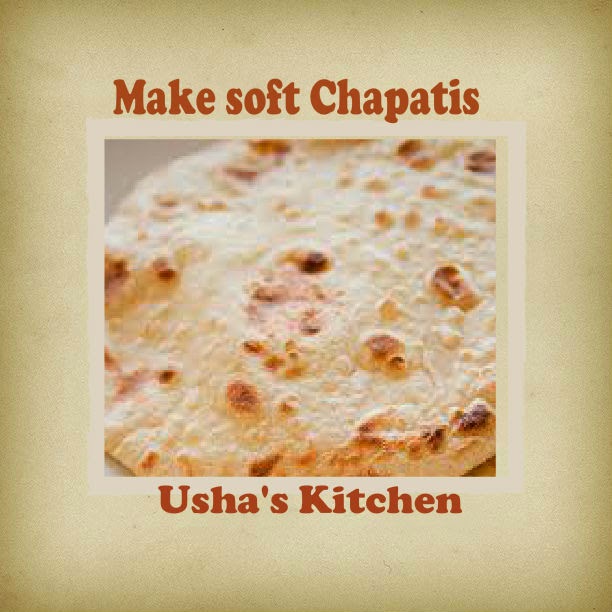Harvest festivals of Indian states occurs at the time of main harvest of a the region and people.
Major Harvest festivals in India are Makara Sankranti which is also known as Pongal, Uttarayana, Lohri, Poush Parbon and Bhogali Bihu.
Makara Sankranti is one of the major Indian Harvest festival celebrated with different name falls in January.
Makara Sankranti is known as Pongal, Uttarayana, Lohri,Khichdi, Shishur Saenkraat and Maagh Bihu,
holiest Ganga and Yamuna rivers.
Holi in February – March
The festival of colors is celebrated between February and March months and known as Phagwah as well.
Baisakhi or Vaisakhi is the major festival celebrated across the north region of India, especially in the Punjab state.
Bihu is the national festival of Assam celebrate three time in the year, Maagh in January, Bohaag in April and Kaati in
October. Rongali Bihu or Bohag Bihu is the major among the other and most popular Bihu festival celebrated as the
Assamese New Year in mid April along with Spring season.
Hareli is one of the major harvest festival of tribal Chhattisgarh state,celebrate during the holy month of Sawan or in
the month of monsoon (July-August).
Onam festival is the grand carnival of Kerala state, celebrated during the month of Chingam (August–September).
Nuakhai also known as Nabanna is the Harvesting Festival of Orissa celebrated in the month of August–September.
The festival of lights is also celebrated as Harvest Festival, as it occurs at the end of a cropping season or the last harvest
of the year before winter.
Kut festival is a major Post Harvest festival celebrate in the month of November by Kuki-Chin tribes. The annual festival is
a leading festivals of Manipur state.
The festival of Tokhu Emong is celebrate by the tribes of Lotha nagas in the first week of November. Tokhu Emong is a popular post harvest festivalenjoy with tribal folk dances and old folk songs and held for 9 days.Other harvest festival of the Indian states includes Navanna in West Bengal,Wangala in Meghalaya,Pawl Kut of Mizoram and most famous Garia Puja of Tripura.
major kite festival also held at this day in Gujarat. Kumbh Mela 2013 will be the biggest attraction of
Indian during the festival of Makara Sankranti, schedule to held in Allahabad at the confluence of theholiest Ganga and Yamuna rivers.
Holi in February – March
The festival of colors is celebrated between February and March months and known as Phagwah as well.
Baisakhi or Vaisakhi is the major festival celebrated across the north region of India, especially in the Punjab state.
Bihu is the national festival of Assam celebrate three time in the year, Maagh in January, Bohaag in April and Kaati in
October. Rongali Bihu or Bohag Bihu is the major among the other and most popular Bihu festival celebrated as the
Assamese New Year in mid April along with Spring season.
Hareli is one of the major harvest festival of tribal Chhattisgarh state,celebrate during the holy month of Sawan or in
the month of monsoon (July-August).
Onam festival is the grand carnival of Kerala state, celebrated during the month of Chingam (August–September).
Nuakhai also known as Nabanna is the Harvesting Festival of Orissa celebrated in the month of August–September.
The festival of lights is also celebrated as Harvest Festival, as it occurs at the end of a cropping season or the last harvest
of the year before winter.
Kut festival is a major Post Harvest festival celebrate in the month of November by Kuki-Chin tribes. The annual festival is
a leading festivals of Manipur state.
The festival of Tokhu Emong is celebrate by the tribes of Lotha nagas in the first week of November. Tokhu Emong is a popular post harvest festivalenjoy with tribal folk dances and old folk songs and held for 9 days.Other harvest festival of the Indian states includes Navanna in West Bengal,Wangala in Meghalaya,Pawl Kut of Mizoram and most famous Garia Puja of Tripura.





%2Bmm.jpg)











